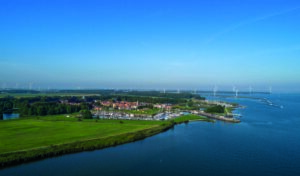
Challenges and opportunities of digitalization in dangerous goods logistics
Agile, flexible, technically adept – that’s Logward GmbH & Co. KG, a company of the Leschaco Group. Founded in 2018, the technology company combines many years of industry experience in logistics with IT expertise in a supply chain orchestration control tower. As a highly scalable industry platform, Logward combines functionalities from transport, procurement and purchasing for all transport modalities in an easy-to-configure no-code platform. With various application packages, Logward covers the entire life cycle of the logistics supply chain: from procure-to-pay to order-to-cash. Jonas Krumland has been CEO of the company since it was founded. In a guest article for the dangerous goods logistics blog, he explains the idea and vision behind Logward.




